I arrive at the marina before dawn. Fumbling in the darkness for my bag and packed lunch, I make my way down to the dock, where a small crowd waits to board a boat. I know I’m in the right place when I see binoculars dangling from everyone’s necks. One by one we had over a wad of cash to the skipper, and climb aboard.
I’m about to spend the next 12 hours on this tiny boat, crammed shoulder to shoulder with 16 complete strangers. Most of the time there will be nothing do except stare at the ocean and try not to hurl up your lunch. Our reward? Perhaps a dozen birds species that can only be seen far out to sea.
Welcome to the strange magic of pelagic birding. It’s going to be a blast.
Pelagics 101
Pelagics are a special kind of birding, much like gull-watching at the dump or perusing the local sewage ponds. But instead of puzzling over molt plumage or going cross-eyed trying to spot rails through the reeds, the aim of a pelagic is to venture onto the high seas in search of seabirds.
Species like albatross, shearwaters, and petrels live on the wing beyond the edge of the continental shelf. To see them, you either have to visit one of their breeding colonies — usually on rocky, far-flung islands — or hop on a boat and motor out until you reach deep, pelagic waters.
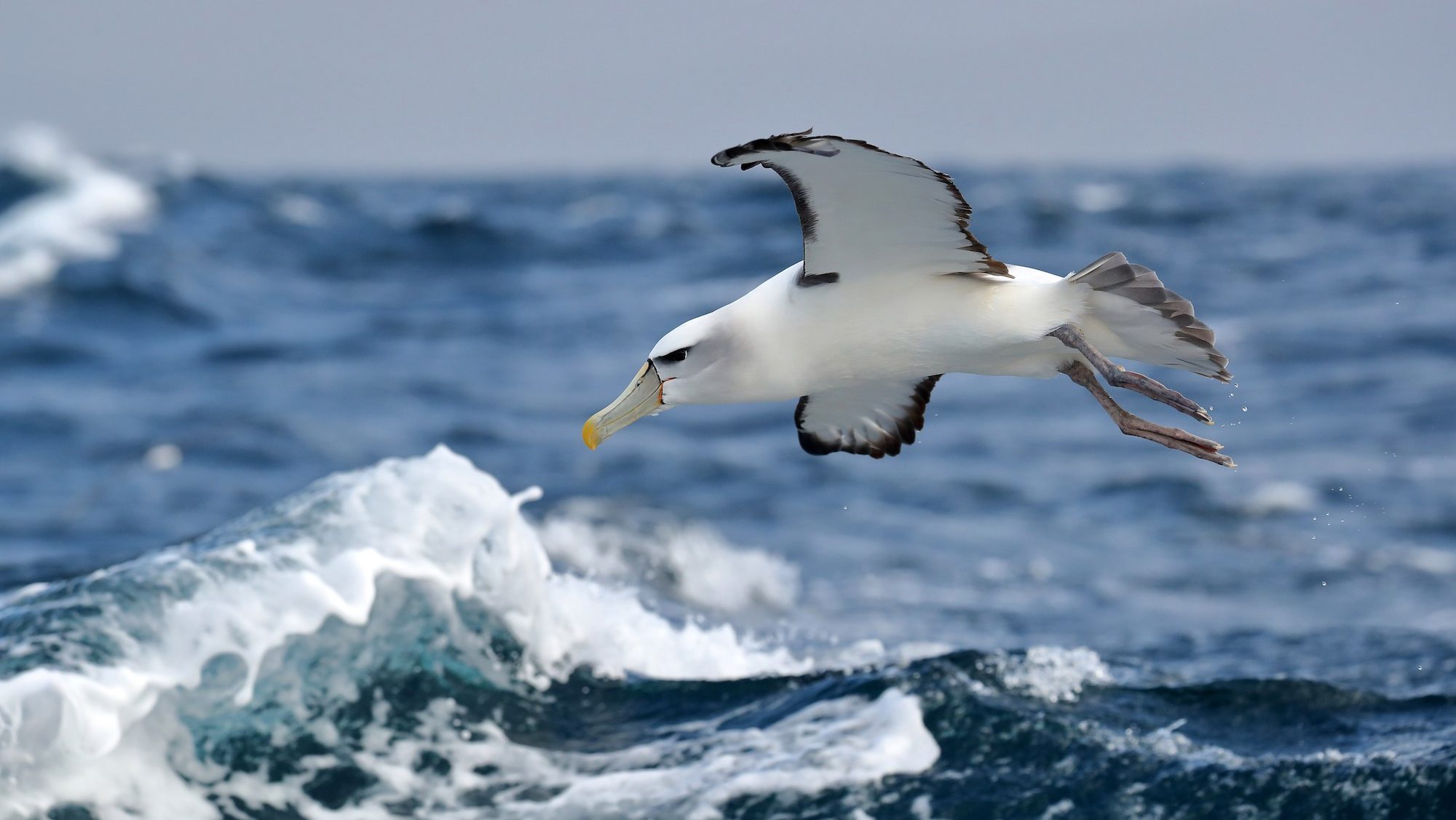
Today we’re headed to what we hope will be a productive patch of ocean 4 hours and 85 miles east of Mooloolaba. About 4 hours out, 3 circling in search of birds, and 4 or 5 hours back depending on the wind. The fetid-smelling cooler packed away below deck will help tip the odds in our favor. Most pelagics will attempt to attract birds to the ship by chumming the water with a pungent mix of fermented fish, cod liver oil, and other secret ingredients like popcorn or rice krispies.
Even with all of that effort, pelagic birding is hit or miss. One day you’ll see more than two dozen birds. Another you’re lucky if you break double digits. Much depends on the prevailing winds. Strong onshore winds, blowing from the ocean towards land, bring more birds within reach. If the winds are blowing from the shore… it’s going to be a slow day.
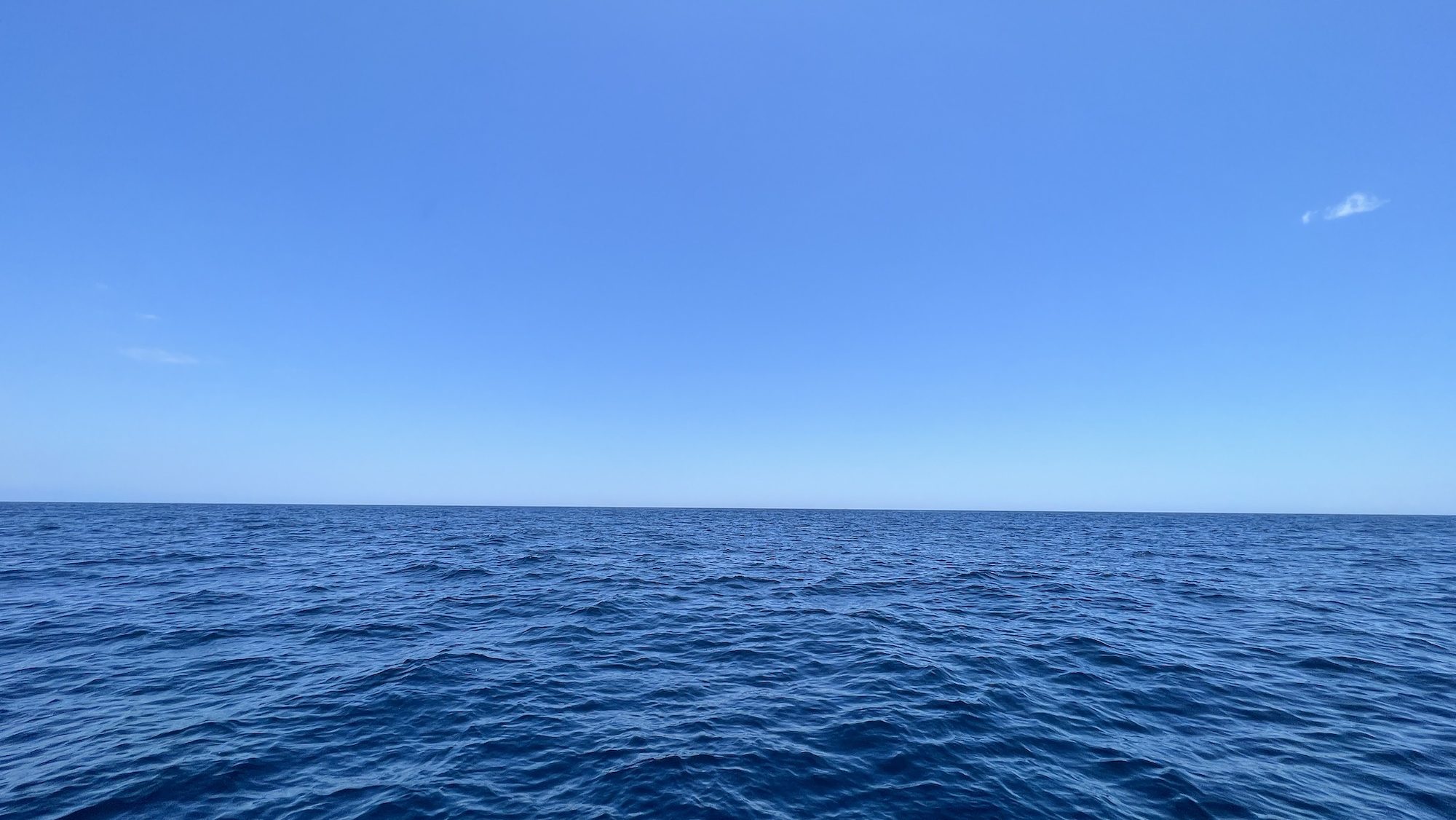
Feeding the Fishes
Three hours into our journey and our species count sits at 11 birds, including flesh-footed, wedge-tailed, and short-tailed shearwaters, along with Tahiti, providence, and grey-faced petrels. My favorite is the tiny Wilson’s storm petrel tap-dancing on our wake.
Given the density of birds at sea (few and far between) and the amount of time spent on the boat (a lot), pelagic birding comes with a lot of downtime. On my first trip, I had many fanciful ideas about what I’d do in the time between birds: I’ll bring my journal! I’ll read a book, or study the field guide!
After a few trips under my belt, I know better. I’ll spend most of today’s journey in a Dramamine-induced daze, staring at the horizon and trying not to vomit or fall asleep. It’s meditative. Sort of.
Some trips are better than others. If the swell is light and my stomach cooperates, I’ll peruse the field guides to study up on terns, skua, petrel, and jaegers. Other times all you can do close your eyes and endure. (Pro tip: If you’re feeling queasy, stay away from the chum bucket.)
And don’t be ashamed if you feed your partially digested lunch to the fishes. No one will judge you. I’ve watched some of the best birders I know heave over the starboard side in between identifying blurry bird shapes on the horizon. It’s all part of the joy of pelagic birding.
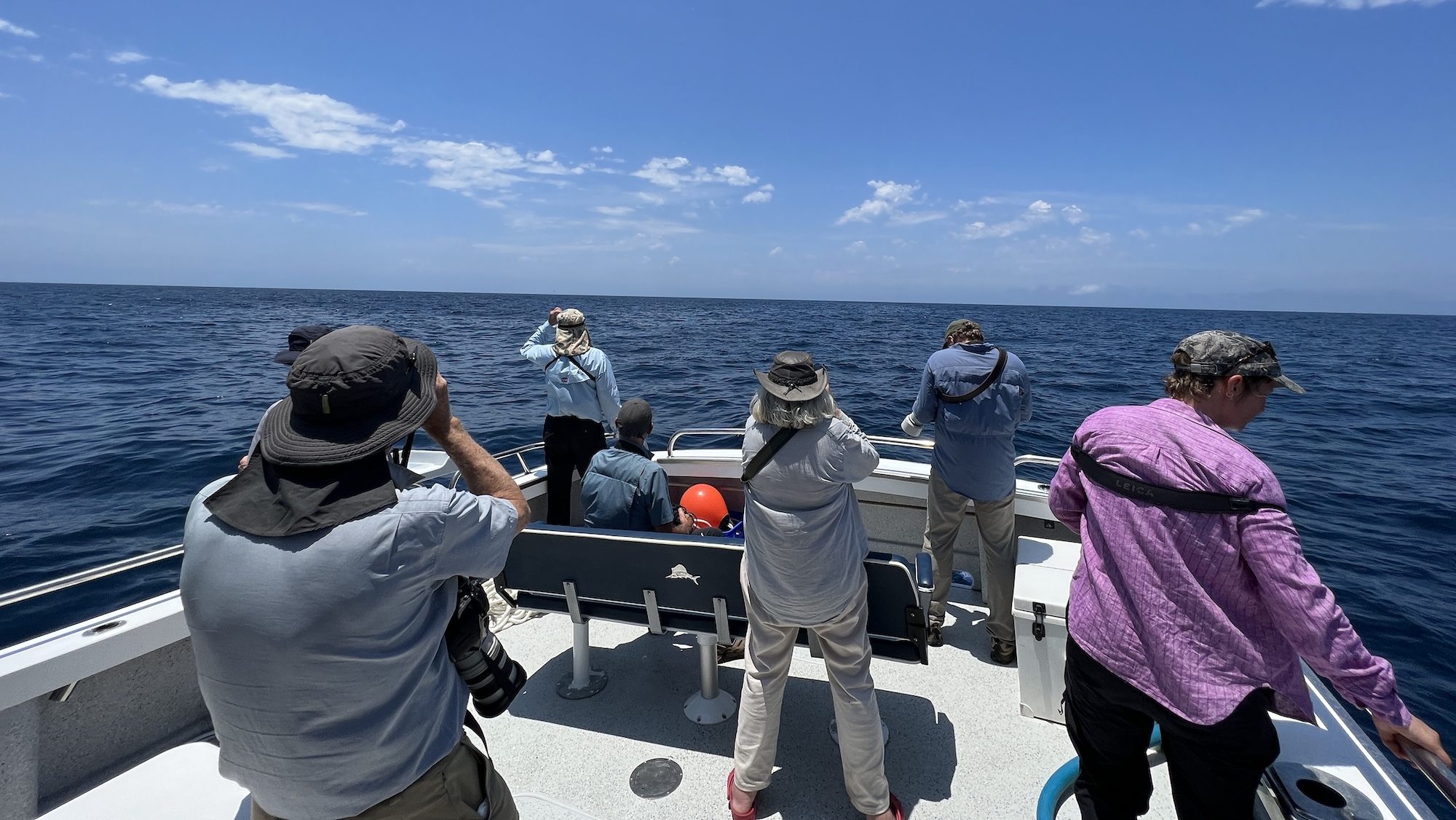
Good Vibes Only
We reach our destination around 10:00 am, with a healthy list already started. A white tern whizzes past, bright in the sunlight. Grey-faced and Kermadec petrels make brief appearances, as does a red-footed booby. And the sighting of a white-bellied storm petrel has the entire boat abuzz with excitement.
With the exception of the booby, I couldn’t identify any of these birds if you offered me a cash prize. Maybe it’s just me, but I find seabirds to be utterly inscrutable. Gulls? They’re tricky. Shorebirds? Often infuriating. But neither holds a candle to seabirds for sheer difficulty of identification.
Most pelagic sightings are of birds 50 meters away, skimming close to the ocean’s surface and disappearing from view between each wave. The sun glares off the sea, throwing weird shadows and making plumage colors difficult to discern. The boat rocks back and forth, tossing you into the person next to you. And unless your balance is exceptional or the sea is calm, you’ll probably be grasping the railing and holding the binoculars in one hand.
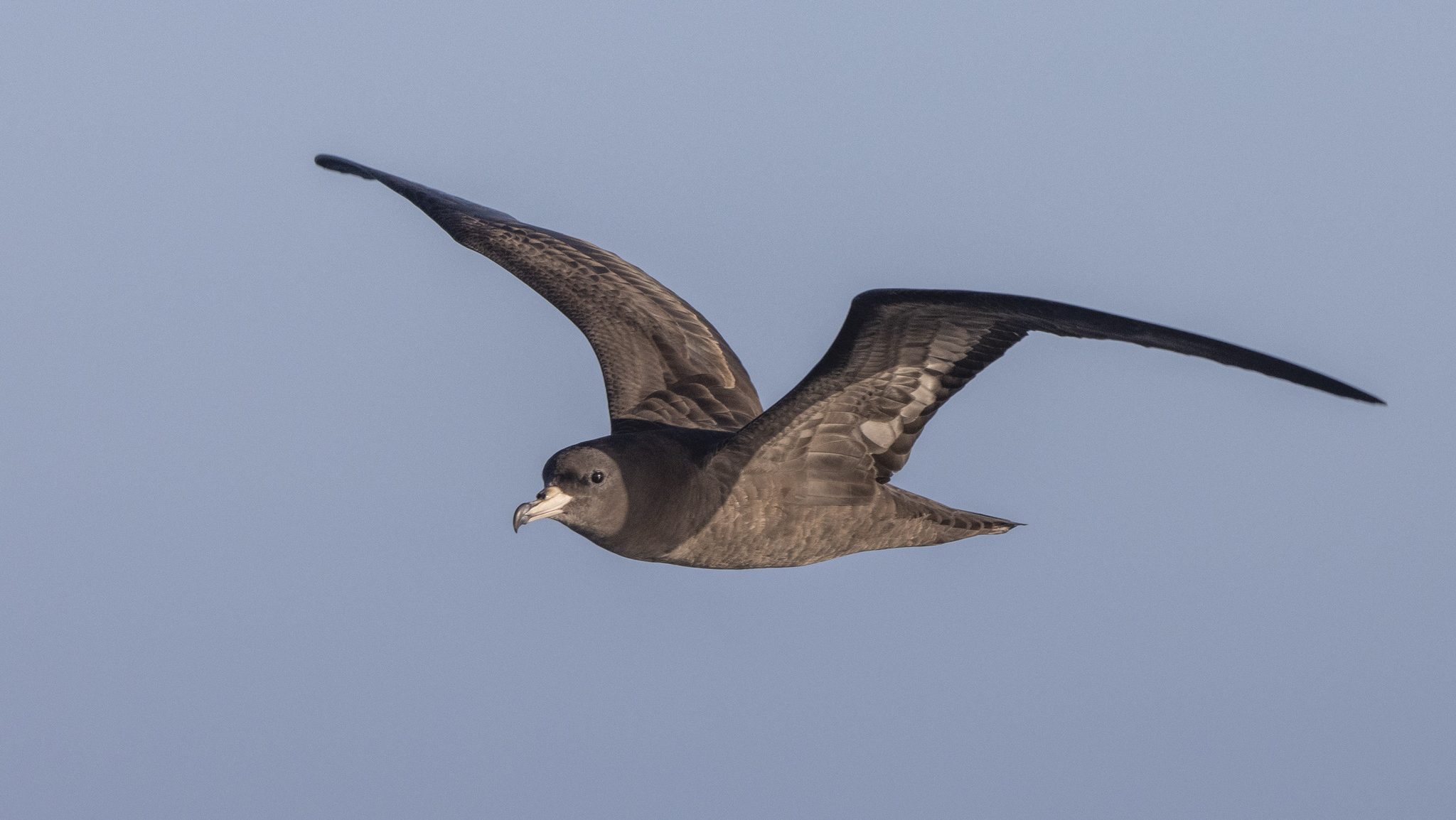
Half the time I’m lucky if I can get the bird in my sights for more than a second without tipping over. And no amount of studying the field guide prepares you for the real thing. Identifying birds in such circumstances is less about memorizing the field guide and more about understanding a bird’s GISS, or general impression of size and shape. (For millennial and get Z readers, think of it as a bird’s vibe.)
How does it move? Hold its wings? Is it flying in a flock, or alone? This is birding on gut feel.
It’s the same instinct that tells you the dark lump on the telephone pole that you zoomed past at 70mph on the highway is a red-tailed hawk. Vibes. Or when you see a bird that looks familiar at first glance, but something about it just isn’t quite right. Vibes.
GISS birding takes experience. It’s a skill you acquire by dedicating yourself to the “watching” part of birdwatching. Not just ticking a species a few dozen times, but actually sitting down to observe a bird’s identifying features and behavior time and time again.
That’s fine for terrestrial species, less so when the birds are only found 5 hours out to sea. Which is why I’m a dreadful pelagic birder, at least for now. A few dozen more boat trips under my belt, and I’ll start to get the hang of it. Hopefully.
For the pelagic-curious, don’t let the challenge of identification at sea or your inexperience put you off. Being a novice pelagic birder is great fun. All you have to do is sit back, try not to puke, and look for movement. When you see bird, yell at the top of your lungs, and let the pelagic pros work out what the heck you’re looking at. And then ask questions on how they made their identification. What separates a shearwater from a jaeger? Or a petrel from a storm-petrel?
Identification can be tricky even for experienced birders. There will almost certainly be someone onboard with a massive camera, photographing each bird so that the GISS identifications can be double-checked later. Today’s flock of three sooty terns turned out to be bridled terns, the exact shape of the white plumage around their eyes only visible in the photograph. I’m delighted with the identification update, as it means I’ve seen a new species.
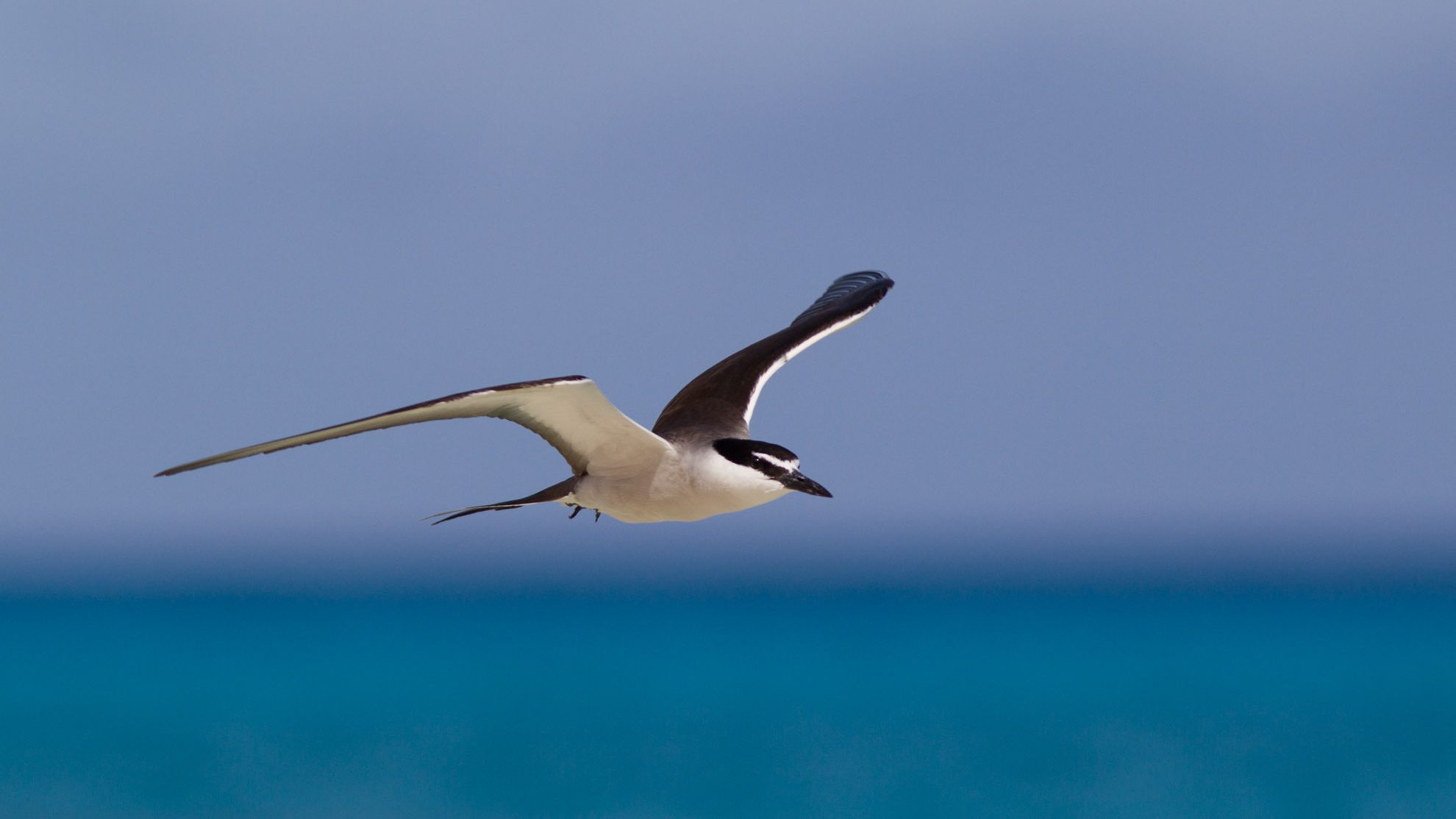
Join A Pelagic
By this point I’m sure I’ve convinced you that a pelagic is a must-do on your birding bucket list. American readers should check with their local Audubon chapter for information on nearby pelagics. Some operators run year-round, others only once or twice a year.
Paulagic Birding runs trips out of New York City, New Jersey, and elsewhere in the mid-Atlantic. Seabirding runs out of Cape Hatteras, North Carolina, and can take birders into the Gulf Stream current. On the West Coast, Shearwater Journeys in Monterey Bay is the most well-known outfitter.
Australians should look for trips out of Redcliffe and Southport in Queensland, Port Stephens or Kiama in New South Wales, Port MacDonnell in South Australia, and Eaglehawk Neck in Tasmania. For birders in Perth, Bremmer Canyon trips offer great opportunities for both seabirds and cetaceans.
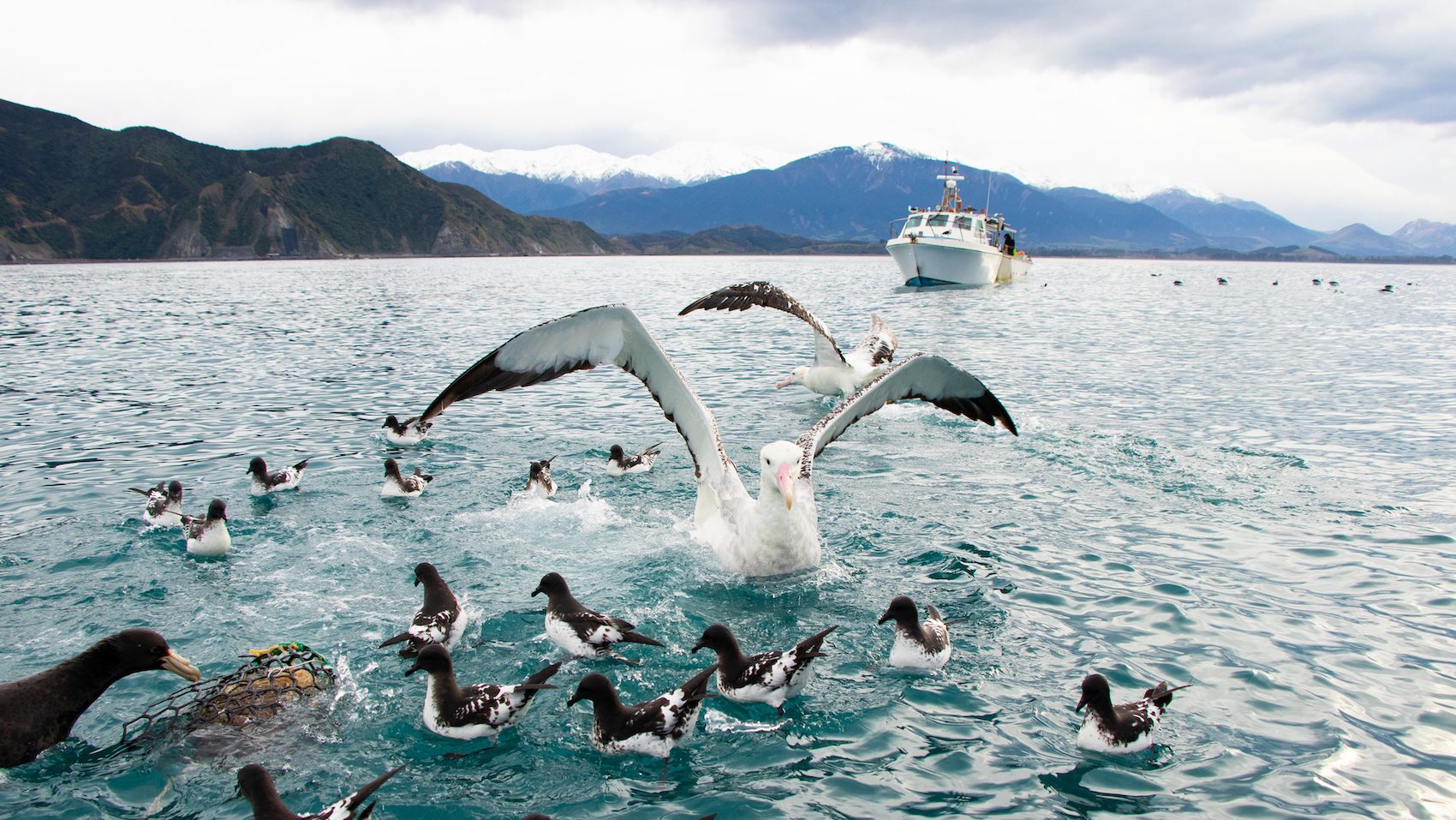
For a fabulous pelagic experience without the long boat ride, Australians can hop across the ditch to Kaikora, New Zealand, where thanks to a quirk of geology you can reach the edge of the continental shelf in less than an hour. This is hands-down my favorite pelagic experience to date, with dozens of whinnying black-browed and shy albatross, northern giant petrel and cape petrel clustered around the boat for hours. Pelagic birding at its finest.
These are by no means exhaustive lists. Many pelagics are organized by small groups of local birders, and operate on word-of-mouth. Others come and go depending on boat availability. If you’re keen to go birding on the high seas, the best thing you can do is ask local birders or birding organizations. And don’t forget to pack the seasickness meds.
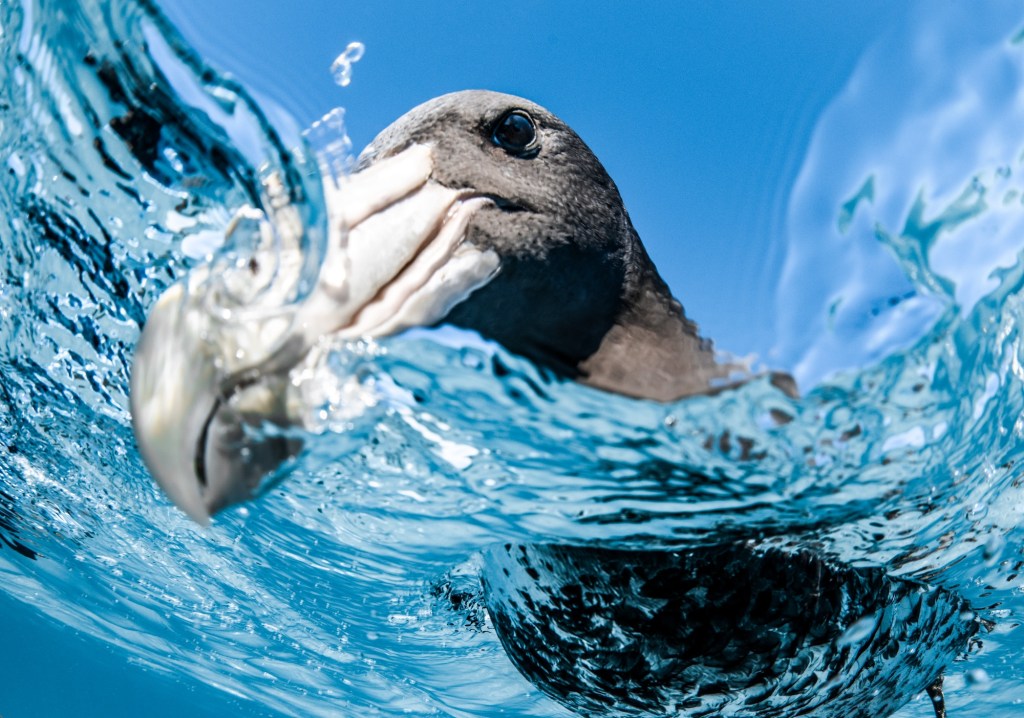



It has always troubled me that the wealthy can go to remote places, adding to the pollution and disturbing wildlife simply because they want to and can afford to and/or under the guise of research.
I whole-heartedly agree with your assessment of Kaikora, New Zealand, birding. A 4-hour trip in 2011 is as clear in my mind as if it were yesterday.